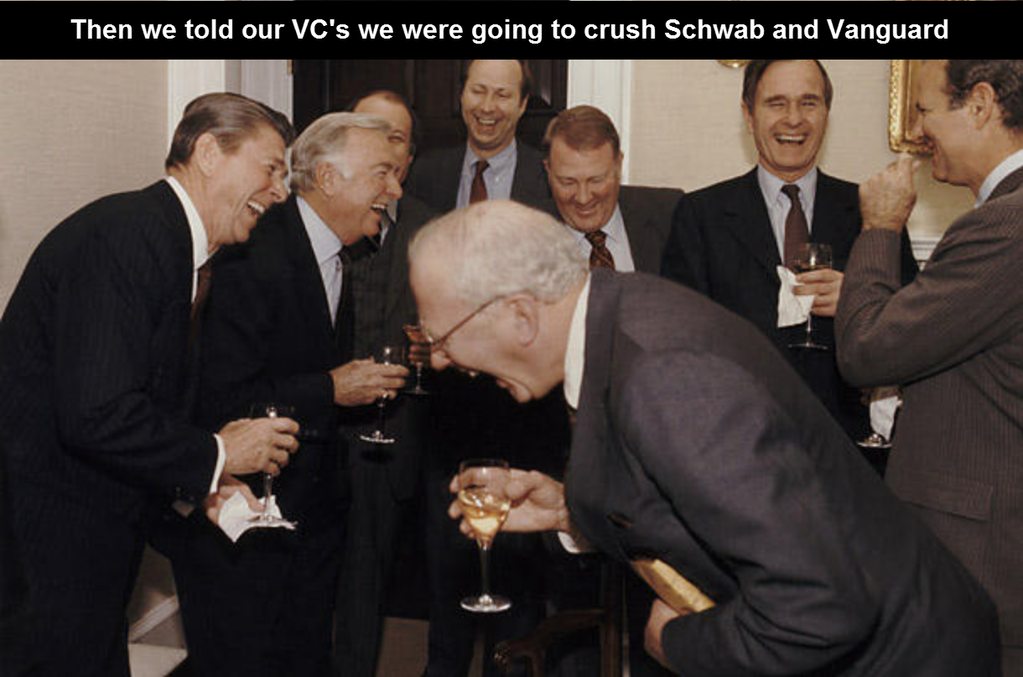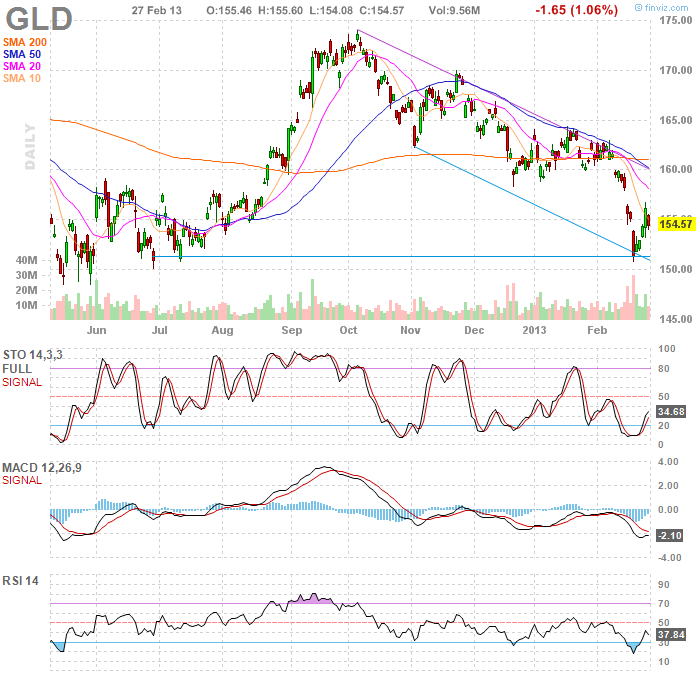ETFreplay blog
Post on: 16 Март, 2015 No Comment

One of the silliest things we read in the media is how some investors are paying 2+20% to hedge funds in order to reduce volatility. This is very likely just financial writers that don’t know what they are talking about — nobody pays high fees just to reduce volatility — you pay a high fee because the manager is actually going to deliver a strong (risk-adjusted) return. Some managers are worth such fees — but most aren’t and investors are just making a bunch of fund managers rich via their own clients money by overpaying. The old saying ‘you get what you pay for’ is just not true in the financial industry — there are countless examples where the same exact product can cost 20 basis pts if purchased through one particular channel and 3%+ if purchased through an alternate sales channel.
Back to a simple vol-reduction example. Our allocations board portfolios were long financials during the 2nd half of 2012. We liked financials because of their improving fundamentals, low valuations and attractive relative strength characteristics. While we weren’t long KBWB in particular, let’s look at how you could effectively take something you like fundamentally — and overlay a risk-reducing strategy that would fit more in line with a hedge fund profile.
We use KBWB — a bank ETF from PowerShares for this. We observe the most recent volatility and reduce our position until that volatility equals 10% (these calculations are automated using dividend-adjusted total return series within the app). We chose as a default to mix the selected ETF (KBWB) with SHY, a low duration fixed-income ETF from iShares.
If you look at a typical hedge fund marketing slidedeck, it will often give a target of 5-10% volatility with a return objective of 10-15%. In this example, we liked financials and believed in an annualized return objective above 10%. (The reason hedge funds and their investors like low volatility is because drawdowns are lower).

We know financials have been the most volatile sector around — but that doesn’t make it uninvestable. You don’t have to do any risk-parity calculations here between SHY and KBWB (though you could, risk-parity is an option within our core-satellite app). In this case, we simply reduce the dollar amount invested until the mix of KBWB and SHY is close to our risk objective of 10% (again, we chose 10% as that is a common benchmark within the hedge fund community — its just an example — you could instead choose 8% or 12%)
Note that the actual achieved volatility here was 11.1%, above the 10% target. This is because we are using historical volatility as an estimate for the next period and dynamically re-weighting the pair. If you wanted to be more exact and come closer to the target, you could choose to do your updates on a weekly schedule — or daily for that matter. However, that will generate a huge amount of trades that are needless. In this case, the max drawdown for this strategy was -8.5%. Note that banks in past years have been stuck with enormous drawdowns, much higher than in 2012 — so that is not meant as a worst case scenario, that is only what happened in a relatively calm year like 2012. The max drawdown for 100% KBWB stock was -18.0%.














